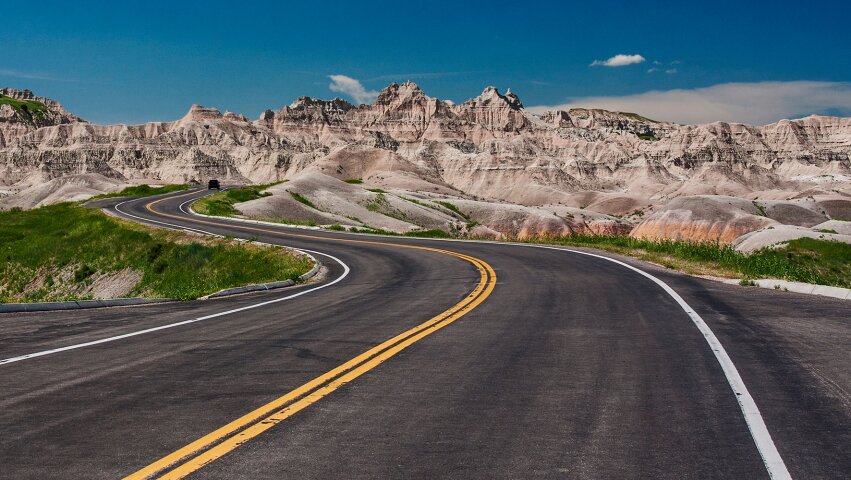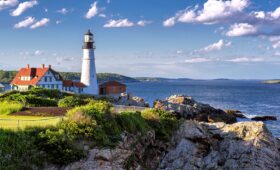North Dakota, a state that stands as a testament to the beauty of the American prairie, the resilience of its people, and the promise of the Great Plains. With a name derived from the indigenous Dakota Sioux, North Dakota is a land of rich history and unparalleled natural beauty.
This Upper Midwest state is bordered by the Canadian provinces of Saskatchewan and Manitoba to the north, offering an international connection, while neighboring U.S. states like Minnesota, South Dakota, and Montana provide diverse experiences to the east, south, and west. North Dakota is part of the Great Plains region, a landscape characterized by expansive prairies, rolling steppe, temperate savannas, rugged badlands, and fertile farmland. One unique claim to fame is Rugby, believed to be the geographic center of North America.
Despite its size, North Dakota boasts a population of less than 780,000, making it the fourth least populous state in the country. This translates to vast open spaces, where you can truly escape the hustle and bustle of city life. While Bismarck serves as the state capital, the thriving city of Fargo takes the title of the most populous city in North Dakota. Both cities are among the fastest-growing in the U.S., yet the majority of North Dakotans choose to live in charming rural areas.
North Dakota’s history is deeply rooted in the presence of various Native American tribes that inhabited the region for thousands of years. The state is a tapestry of cultures and traditions, from the Mandan, Hidatsa, and Arikara in the Missouri River region to the Ojibwe, Cree, and numerous Sioux groups.
The arrival of European explorers in the 18th century marked the beginning of significant changes in the region, driven by the pursuit of valuable furs. The United States gradually acquired these lands in the 19th century, leading to conflicts with native inhabitants. The establishment of the Dakota Territory in 1861 was a pivotal moment that attracted American pioneers, eventually resulting in notable population growth and development.
The traditional fur trade gave way to a thriving farming industry, particularly wheat cultivation. The Dakota Boom from 1878 to 1886 transformed the landscape with vast farms stretching across the rolling prairies, solidifying the state’s position as a regional economic powerhouse. The arrival of railway companies like the Northern Pacific and Great Northern opened new opportunities for farmers, sparking the Populist Movement of the Midwest.
North Dakota and South Dakota achieved statehood together on November 2, 1889, with President Benjamin Harrison cleverly shuffling the statehood papers to prevent anyone from claiming to be the 39th or 40th state. This moment marked the transition from pioneer times to a fully settled state, which took place around 1920.
In recent decades, North Dakota has seen remarkable growth thanks to its rich natural resources, including oil extraction from the Bakken formation in the northwest. This development has contributed to population growth, along with lower unemployment rates. The state ranks highly in various quality of life metrics, making it an attractive place to live and visit.
Explore North Dakota to experience the vast, untamed prairies, learn about its rich history, and witness firsthand how the state has evolved into a thriving, dynamic place, combining modernity and tradition. Whether you’re taking in the breathtaking landscapes, learning about native cultures, or delving into its economic development, North Dakota promises a journey filled with unforgettable experiences.
North Dakota
15 experiences to consider when visiting this diverse and exciting destination.
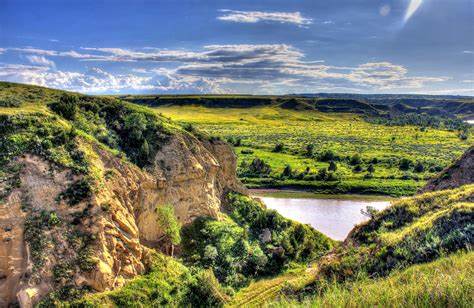
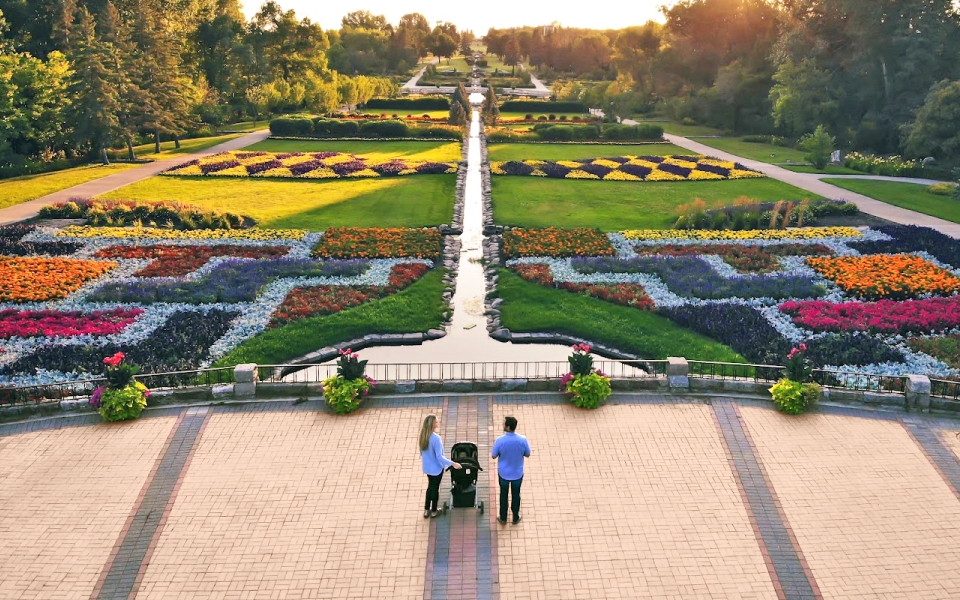
Theodore Roosevelt National Park
Theodore Roosevelt National Park, located in North Dakota, offers a unique and rugged natural experience with a variety of activities:
Scenic Drives: Explore the park’s picturesque landscapes by driving along the scenic loops, such as the Painted Canyon and North Unit roads.
Hiking: Embark on hiking trails that wind through the park’s badlands, including the Caprock Coulee and Wind Canyon trails.
Wildlife Viewing: Observe the park’s diverse wildlife, such as bison, pronghorns, wild horses, and prairie dogs.
Visitor Centers: Learn about the park’s history, geology, and ecology at the visitor centers, which often host ranger programs.
Horseback Riding: Enjoy horseback riding along designated trails, immersing yourself in the natural beauty of the park.
Camping: Stay at campgrounds in the park for a complete immersion in the wilderness.
Theodore Roosevelt National Park offers an opportunity to experience the untouched beauty of the North Dakota badlands, making it an ideal destination for outdoor enthusiasts and nature lovers.
International Peace Garden
The International Peace Garden, located on the border of North Dakota, USA, and Manitoba, Canada, is a symbol of peace and international friendship. Activities at this beautiful garden include:
Gardens and Floral Displays: Stroll through meticulously maintained gardens with a variety of flowers, plants, and themed displays, such as the Peace Chapel Garden and the Sunken Garden.
Peace Poles: View the Peace Poles inscribed with the message “May Peace Prevail on Earth” in various languages, symbolizing global unity.
Manicured Lawns: Relax on the lush green lawns, perfect for picnics and leisurely walks.
Conservatory: Visit the conservatory showcasing tropical plants and exotic flowers in a serene setting.
Recreation: Enjoy recreational activities like hiking, cycling, and birdwatching in the adjacent Turtle Mountain State Forest and Boissevain Community Park.
Cultural Events: Attend cultural events, exhibitions, and concerts that promote peace and international relations.
The International Peace Garden serves as a tranquil and symbolic destination for reflection, unity, and appreciation of nature.
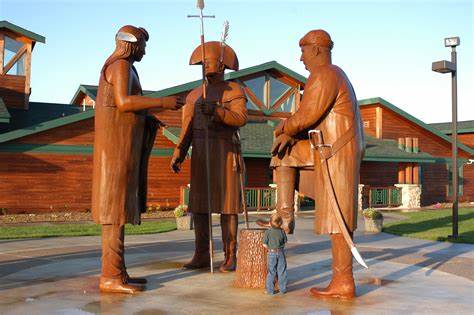
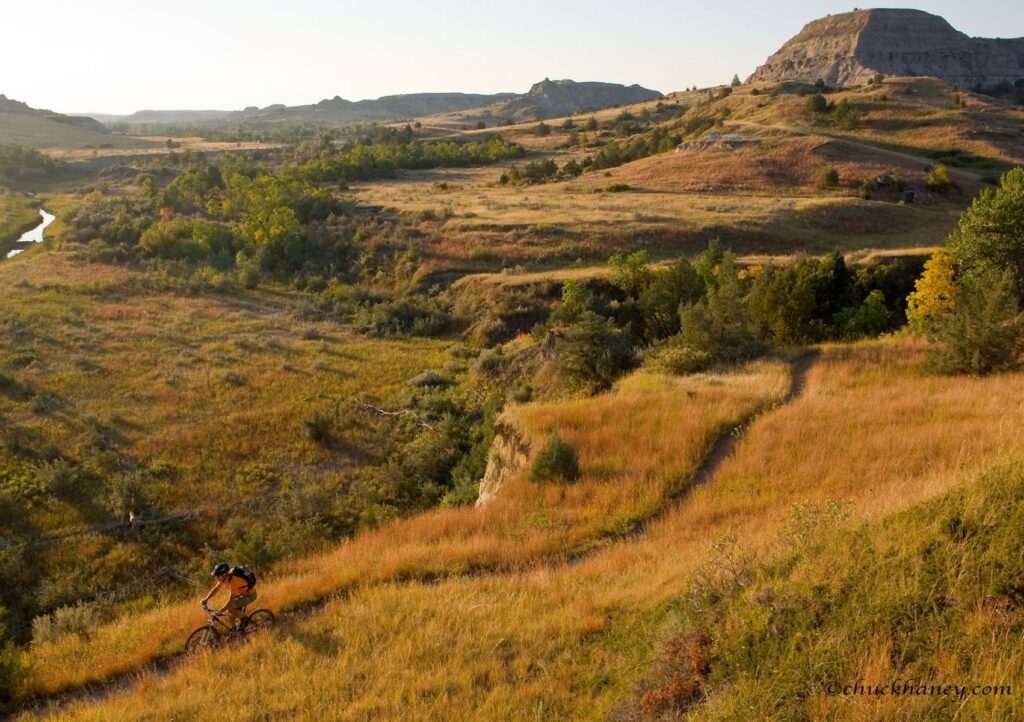
Lewis and Clark Interpretive Center
The Lewis and Clark Interpretive Center, located in Washburn, North Dakota, offers a deep dive into the historic expedition led by Meriwether Lewis and William Clark. Activities at the center include:
Exhibits: Explore informative exhibits, showcasing the equipment, scientific discoveries, and challenges faced during the Lewis and Clark Expedition.
Interactive Displays: Engage with interactive displays, including dioramas, maps, and audiovisual presentations that provide a comprehensive understanding of the journey.
Lewis and Clark Theater: Watch historical films and documentaries that retrace the steps of the expedition and its impact on the westward expansion.
Educational Programs: Attend ranger-led programs, talks, and workshops, which delve into the history and natural wonders encountered by Lewis and Clark.
Scenic Overlook: Enjoy panoramic views of the Missouri River from the center’s vantage point.
Gift Shop: Shop for books, souvenirs, and Lewis and Clark-themed items.
The Lewis and Clark Interpretive Center offers an immersive educational experience, making it a great destination for history enthusiasts and families.
Maah Daah Hey Trail
The Maah Daah Hey Trail, a rugged and scenic trail in North Dakota, is a paradise for outdoor adventurers with activities that include:
Hiking and Backpacking: Traverse the trail’s diverse terrain on foot, taking in the striking badlands, open prairies, and lush river valleys.
Mountain Biking: Challenge yourself with exhilarating mountain biking on the trail’s winding paths and steep ascents.
Horseback Riding: Explore the trail’s beauty while horseback riding, with designated equestrian-friendly segments.
Camping: Pitch a tent or camp under the stars at primitive campsites along the trail, offering a true wilderness experience.
Wildlife Watching: Observe diverse wildlife, such as bison, mule deer, and pronghorns, in their natural habitat.
Photography: Capture the stunning landscapes, geological formations, and breathtaking vistas along the trail.
The Maah Daah Hey Trail provides an immersive wilderness experience for nature enthusiasts and adventurers, offering a taste of North Dakota’s unspoiled beauty.
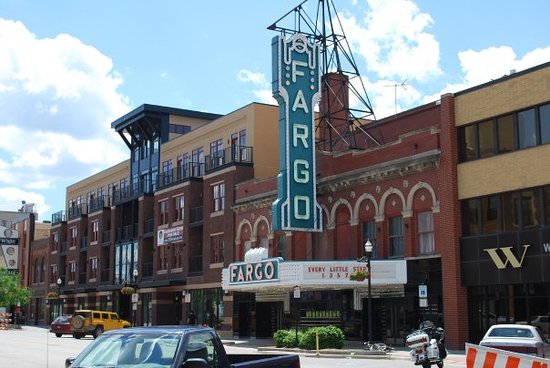

Fargo
Fargo, North Dakota, offers a diverse range of activities for visitors:
Red River Zoo: Explore a variety of animals, including rare and endangered species, in beautifully landscaped exhibits.
Historic Downtown: Stroll through the charming downtown area, known for its boutiques, galleries, and vibrant street art.
Hjemkomst Center: Visit the Hjemkomst Center, home to a replica Viking ship and cultural exhibits.
Fargo-Moorhead Visitors Center: Learn about local attractions and events at the visitors center, housed in an old Northern Pacific Depot.
Biking Trails: Enjoy the city’s extensive bike trails, such as the scenic Red River Bicycle Trail and the North Fargo Urban Trail.
Cultural Events: Attend cultural events and festivals, like the Fargo Film Festival and the Red River Valley Fair.
Fargo Brewing Company: Savor local craft beers and visit the Fargo Brewing Company for a taste of the city’s craft beer scene.
Fargo offers a mix of cultural experiences, outdoor activities, and vibrant urban life in the heart of North Dakota.
Plains Art Museum
The Plains Art Museum, located in Fargo, North Dakota, is a cultural hub with a variety of activities:
Art Exhibitions: Explore a diverse range of contemporary and traditional art exhibitions, featuring local and international artists.
Educational Programs: Participate in art classes, workshops, and lectures for all ages, covering various art forms and techniques.
Museum Store: Shop for unique art-related gifts, books, and handmade crafts in the museum’s store.
Sculpture Garden: Wander through the outdoor sculpture garden, showcasing impressive works of art against a natural backdrop.
Family and Youth Programs: Engage children and families with interactive art programs and activities, including the popular “ArtQuest” area.
Events and Openings: Attend exhibition openings, gallery talks, and special events to connect with the local art community.
The Plains Art Museum is a vibrant space for art appreciation, education, and creativity in Fargo.
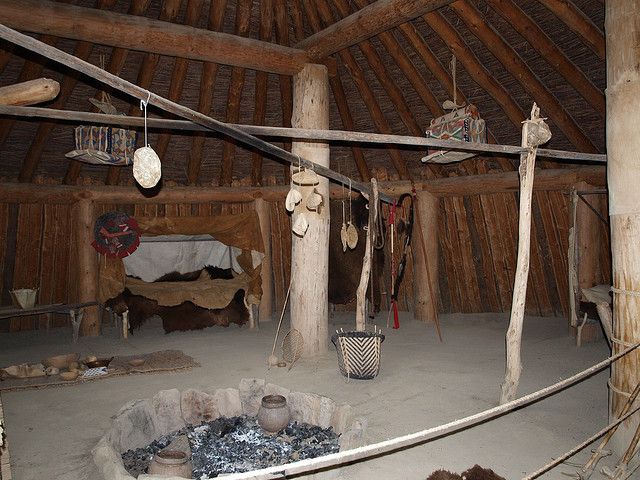
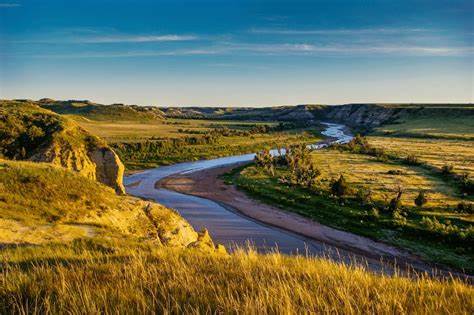
Knife River Indian Villages National Historic Site
The Knife River Indian Villages National Historic Site in North Dakota is a tribute to the Northern Plains Indians and offers a window into their rich history:
Visitor Center: Start your visit at the visitor center, which features informative exhibits and a cultural introduction to the indigenous tribes.
Historic Earthlodges: Explore reconstructed earthlodges, once used as homes by the Mandan and Hidatsa tribes. Learn about their architecture and daily life.
Hiking Trails: Wander along scenic trails with interpretive signs, connecting you to various historical sites within the park.
Birdwatching: Observe the abundant birdlife in the area, especially along the riverbanks and within the riparian habitat.
Cultural Demonstrations: Witness live demonstrations of traditional Native American practices, including dance, music, and crafts during special events.
Picnicking: Enjoy a picnic in a peaceful natural setting amidst the historic sites.
Knife River Indian Villages offers a serene experience that pays tribute to the indigenous cultures of the Northern Plains.
Sheyenne River Valley Scenic Byway
The Sheyenne River Valley Scenic Byway in North Dakota offers a picturesque journey through the prairie and river valley, with various activities:
Scenic Drives: Enjoy a leisurely drive along the byway, passing through charming small towns and taking in breathtaking vistas.
Hiking and Biking: Explore trails like the North Country National Scenic Trail and Lake Ashtabula Recreation Area for outdoor adventures.
Wildlife Viewing: Keep an eye out for native wildlife such as deer, waterfowl, and other bird species along the riverbanks and in the prairies.
Historic Sites: Discover historical landmarks like Fort Ransom State Park, a reconstructed 1860s military post, and several museums in the small towns.
Picnicking: Stop at scenic overlooks and designated picnic areas for a relaxed outdoor meal.
Cultural Events: Attend local events, art festivals, and music performances in the communities along the byway.
The Sheyenne River Valley Scenic Byway offers a serene and immersive journey through the heart of North Dakota’s scenic beauty and cultural heritage.

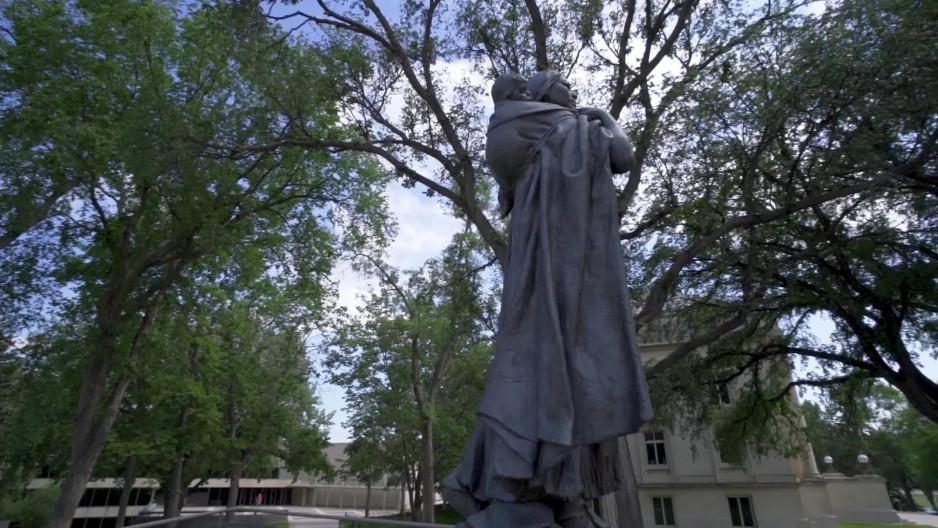
Fort Union Trading Post
Fort Union Trading Post National Historic Site, located on the border of North Dakota and Montana, was a vital trading hub during the 19th century. Here are some activities and highlights:
Historic Fort: Explore the reconstructed fort that served as a vital center for fur trading between Native American tribes and the American Fur Company.
Museum: Visit the visitor center and museum, which features exhibits and artifacts related to the fur trade era, regional history, and the impact on indigenous cultures.
Ranger Programs: Attend ranger-led programs, such as guided tours and living history demonstrations, to gain insights into the fort’s history and the fur trade industry.
Scenic Overlook: Enjoy panoramic views of the confluence of the Missouri and Yellowstone rivers, a significant point in the region’s history.
Hiking Trails: Explore nature trails along the riverbanks, offering opportunities for birdwatching and wildlife observation.
Fort Union Trading Post is an educational and historically significant site, shedding light on the fur trade’s economic and cultural impact in the Northern Plains.
Sakakawea Statue
The Sakakawea Statue, also known as the Sacagawea Statue, is a prominent monument in North Dakota. It commemorates the significant role of Sakakawea (often spelled Sacagawea) in the Lewis and Clark Expedition. Here are some details about the statue:
Location: The statue is located in Bismarck, North Dakota, near the North Dakota State Capitol.
Depiction: The statue portrays Sakakawea, a Shoshone woman, carrying her infant son, Jean Baptiste Charbonneau. She is depicted in a dignified and symbolic stance, representing her contribution to the expedition.
Lewis and Clark Expedition: Sakakawea served as an interpreter and guide for the Lewis and Clark Expedition, leading them through the uncharted American West.
Symbolism: The statue serves as a symbol of Sakakawea’s courage, resourcefulness, and her pivotal role in the success of the expedition.
Visitors: The statue is a popular tourist attraction, and visitors often stop to pay tribute to Sakakawea’s historical significance.
The Sakakawea Statue stands as a testament to the important contributions of Native Americans to American history and exploration.

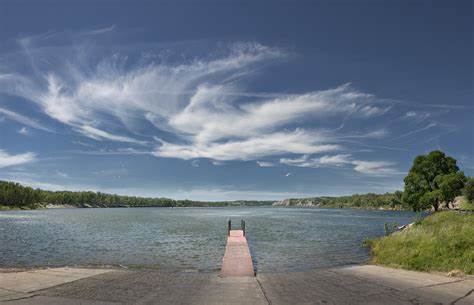
Red River Zoo
The Red River Zoo is a popular attraction in Fargo, North Dakota, that provides a diverse and educational experience for visitors of all ages. Here are some of the key activities and features of the Red River Zoo:
Animal Exhibits: Explore a variety of animal exhibits that feature species from around the world, including red pandas, camels, meerkats, and more.
Conservation and Education: The zoo emphasizes wildlife conservation and offers educational programs to teach visitors about animal species, their habitats, and the importance of protecting biodiversity.
Interactive Encounters: Get up close with some of the zoo’s residents through interactive encounters and feedings, allowing for a more immersive experience.
Play Areas: The zoo includes children’s play areas and activities, making it a family-friendly destination.
Botanical Gardens: Enjoy the beautifully landscaped gardens and exhibits that showcase native and exotic plants.
The Red River Zoo offers a blend of entertainment, education, and conservation, making it a wonderful destination for both animal enthusiasts and families in the Fargo area.
Lake Sakakawea
Lake Sakakawea is a massive reservoir located in North Dakota, created by the Garrison Dam on the Missouri River. It’s the third-largest man-made reservoir in the United States, and it offers a wide range of recreational activities:
Boating and Fishing: The lake is a popular spot for boating and fishing, with ample opportunities to catch various fish species, including walleye, northern pike, and salmon.
Camping: Numerous campgrounds and recreational areas surround the lake, providing opportunities for camping, picnicking, and water-based activities.
Hiking and Wildlife Viewing: Enjoy the scenic beauty of the area by hiking the trails and taking in the local wildlife, including deer, eagles, and waterfowl.
Water Sports: Lake Sakakawea is ideal for water sports like jet skiing, waterskiing, and sailing, with plenty of open water space.
Scenic Drives: Explore the scenic byways along the lake, offering stunning views and chances to spot migratory birds.
Marinas and Resorts: There are marinas and resorts around the lake, providing amenities like boat rentals, lodging, and dining.
Lake Sakakawea is a popular destination for outdoor enthusiasts and those looking for a peaceful retreat in North Dakota.
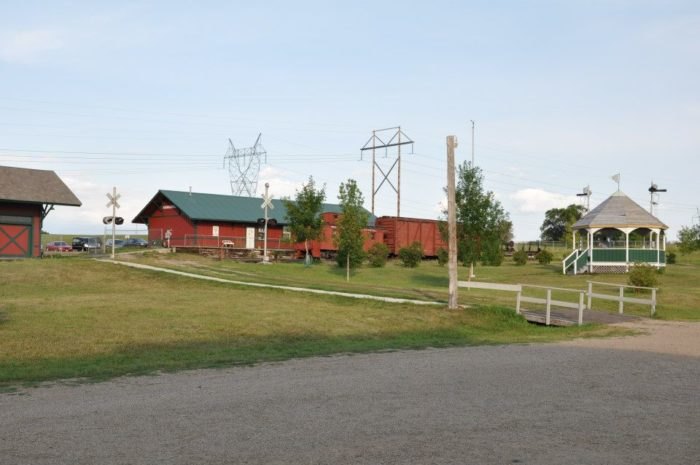
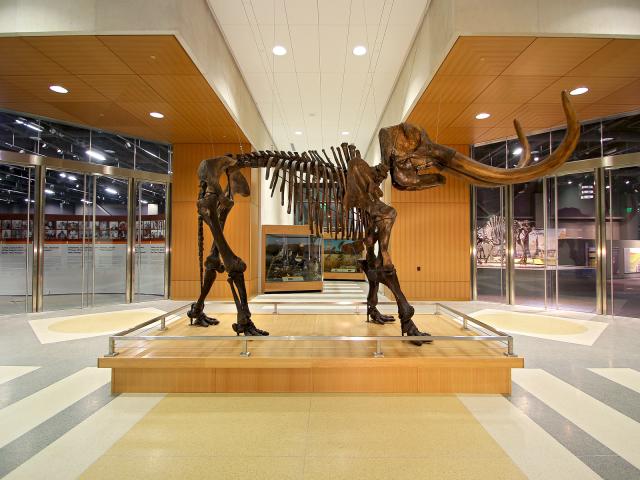
Buckstop Junction
Buckstop Junction is a historical and educational attraction located in Bismarck, North Dakota. Here are some key activities and features at Buckstop Junction:
Historic Village: Buckstop Junction is a recreated historic village, featuring a collection of preserved and replica buildings from the late 1800s and early 1900s. Visitors can step back in time and explore these structures, including a general store, a schoolhouse, a church, and more.
Educational Tours: The site offers guided tours led by knowledgeable interpreters who provide insights into the history of the region and the daily life of early settlers.
Special Events: Buckstop Junction hosts various special events and festivals throughout the year, including heritage celebrations, reenactments, and seasonal festivities.
Museum Exhibits: The site includes museums and exhibits that showcase the history of transportation, communication, and other aspects of rural life.
Picnicking and Nature Trails: Visitors can enjoy picnicking areas and nature trails in a peaceful, outdoor setting.
Buckstop Junction offers a captivating glimpse into the past and is a valuable resource for local history and heritage education in North Dakota.
North Dakota Heritage Center & State Museum
The North Dakota Heritage Center & State Museum, located in Bismarck, is a prominent cultural and historical institution. Here are some activities and features of the center:
Exhibits: Explore a wide range of exhibits that showcase the history, culture, and natural heritage of North Dakota. This includes displays on prehistoric life, Native American cultures, pioneer history, and contemporary life in the state.
State-of-the-Art Facilities: The museum boasts state-of-the-art facilities and interactive exhibits that make learning about North Dakota’s past and present engaging and informative.
Educational Programs: The center offers educational programs and events for all ages, including workshops, lectures, and hands-on activities.
Governor’s Gallery: The Governor’s Gallery showcases rotating exhibits, often featuring the work of North Dakota artists and exploring contemporary issues.
Café and Gift Shop: The center includes a café where you can grab a bite to eat and a gift shop where you can purchase books, crafts, and other items related to North Dakota.
The North Dakota Heritage Center & State Museum is a vital resource for exploring the state’s rich heritage, culture, and history. It offers a dynamic and engaging experience for visitors of all ages.

Pembina Gorge
Pembina Gorge, located in northeastern North Dakota, is a picturesque natural area that offers a wide range of outdoor activities:
Hiking and Biking: Explore numerous trails that wind through the gorge, providing opportunities for both hiking and mountain biking with varying levels of difficulty.
Scenic Overlooks: Enjoy breathtaking views from scenic overlooks that provide panoramic vistas of the Pembina River Valley.
Canoeing and Kayaking: Paddle along the Pembina River, taking in the serene beauty of the forested surroundings.
Camping: Stay overnight at one of the campgrounds in the area, providing a chance to immerse yourself in the natural setting.
Winter Sports: In winter, enjoy cross-country skiing and snowmobiling along the groomed trails.
Wildlife Viewing: Observe the diverse wildlife, including white-tailed deer, various bird species, and more.
Pembina Gorge is a hidden gem for nature enthusiasts, offering a peaceful retreat and opportunities for outdoor adventures in North Dakota’s scenic beauty.
Top 10 Q & A about North Dakota:
Q. When is the best time to visit North Dakota?
The best time to visit North Dakota is during the summer months, from June to August, when the weather is mild and perfect for outdoor activities.
Q. What are the top attractions in North Dakota?
Some of the must-see attractions include Theodore Roosevelt National Park, Maah Daah Hey Trail, Fargo’s Plains Art Museum, and the North Dakota Heritage Center & State Museum.
Q. Can I see the Northern Lights in North Dakota?
Yes, you can witness the Northern Lights, or Aurora Borealis, in North Dakota, especially in the northern part of the state during the winter months.
Q. What outdoor activities can I enjoy in North Dakota?
North Dakota offers opportunities for hiking, biking, fishing, and wildlife viewing. You can also explore the beautiful Badlands and participate in water sports on the Missouri River.
Q. Is North Dakota a good place for birdwatching?
Yes, North Dakota is a great destination for birdwatching, especially in locations like the Audubon National Wildlife Refuge and the Sheyenne National Grasslands.
Q. What is the official state cuisine of North Dakota?
The official state food of North Dakota is the chislic, a dish of deep-fried, skewered meat, often made with beef or lamb.
Q. What is the weather like in the winter in North Dakota?
Winters in North Dakota can be very cold, with temperatures often dropping below freezing. It’s an excellent time for winter sports, such as skiing and snowmobiling.
Q. Are their Native American reservations in North Dakota?
Yes, North Dakota is home to several Native American reservations, including the Standing Rock Indian Reservation and the Turtle Mountain Band of Chippewa Indian Reservation.
Q. Can I visit a working ranch in North Dakota?
Absolutely! North Dakota has many working ranches that offer visitors a chance to experience the cowboy way of life and even try their hand at cattle herding.
Q. What festivals and events happen in North Dakota throughout the year?
Some popular events include the North Dakota State Fair, Medora Musical, and the United Tribes International Powwow, celebrating Native American culture.

